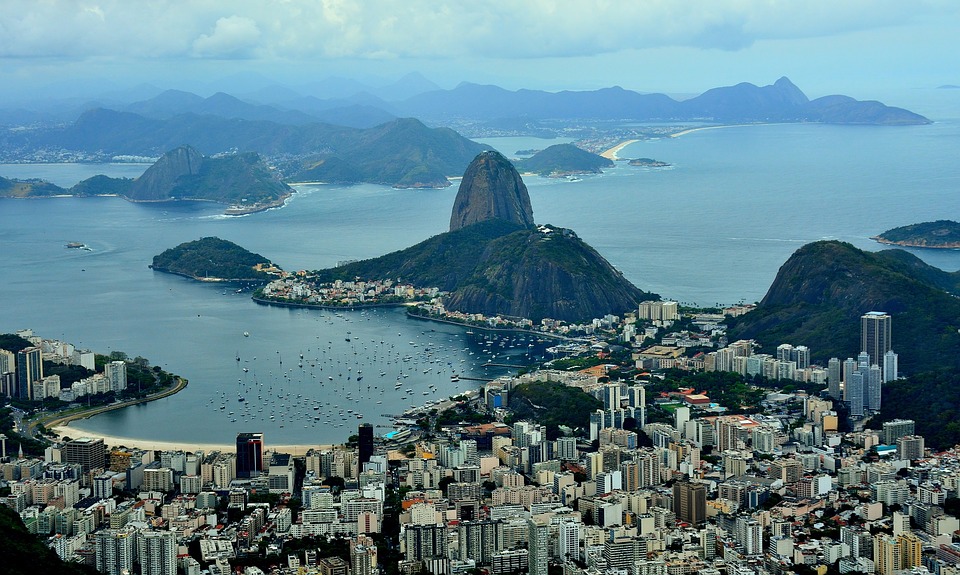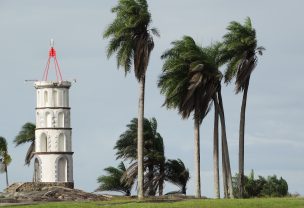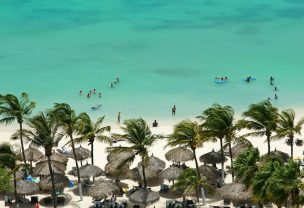Quick facts
- Full name: Plurinational State of Bolivia
- Capital: Sucre (constitutional) La Paz (de facto)
- Largest city: Santa Cruz de la Sierra
- Official language: Spanish / 36 indigenous languages
- Area: 1,098,581 km2
- Population: 11,217,864
- Currency: Boliviano (BOB) 1 (BOB) = 100 centavo
- Foreign tourists: 900 thousand (2015)
- Travel risks and hazards: Dangerous roads, petty crime.
Bolivia is quite different from the countries it shares South America with. More than half of Bolivian citizens are indigenous South Americans and there are 37 official languages, one of them being Spanish and the remaining being native languages of the former Inca empire. Such a large proportion of native South Americans gives Bolivia its unique culture and atmosphere. Although there are many attractions in Bolivia, there are hazards that tag along and visitors should beware of them.
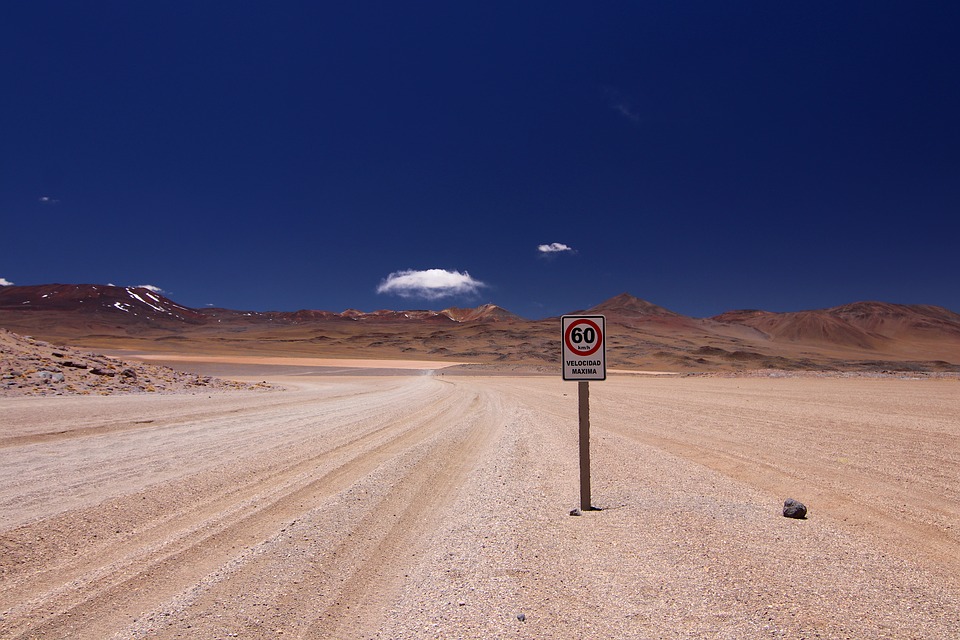
Traveling info
Visitors traveling to Bolivia are required to have a valid passport and a visa depending on their nationality. Bolivian entry criteria divide visitors into three groups by their nationality. The first group consists mainly of EU countries, these do not require a visa and are allowed an admission of 90 days however a return or continuation ticket is required. Second group nationals are required to obtain a visa in order to enter Bolivia. The third group nationals need a Bolivian approved visa in order to enter the country. (list of nations in sources). Visitors who choose to drive in Bolivia are required to have their domestic license. An international driving license is optional and not required.
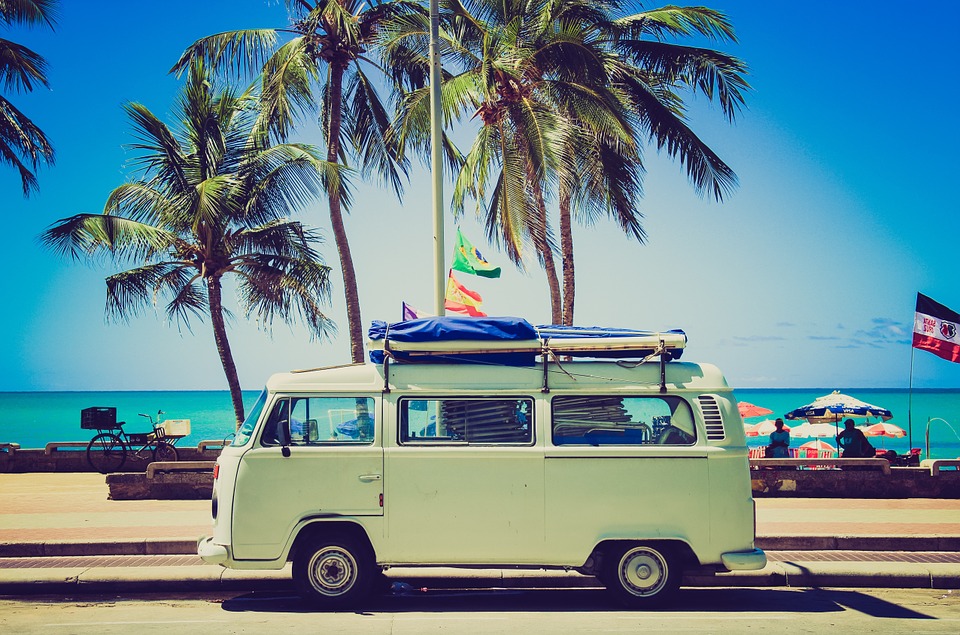
Traveling hazards
Driving conditions in Bolivia are hazardous. The roads in the mountainous region of the country are quite dangerous, few are paved. Guardrails, illumination, signage and road markings are scarce. Most routes are gravel roads which become even more dangerous during the rainy season. North Yungas road is considered to be the most dangerous in the world. This little over 50 km stretch has killed more than 300 people. A 4×4 vehicle is recommended when traveling in Bolivia. Public transport is widely available and cheap. Public transport is generally free of crime however a large number of bus crashes occur in Bolivia.
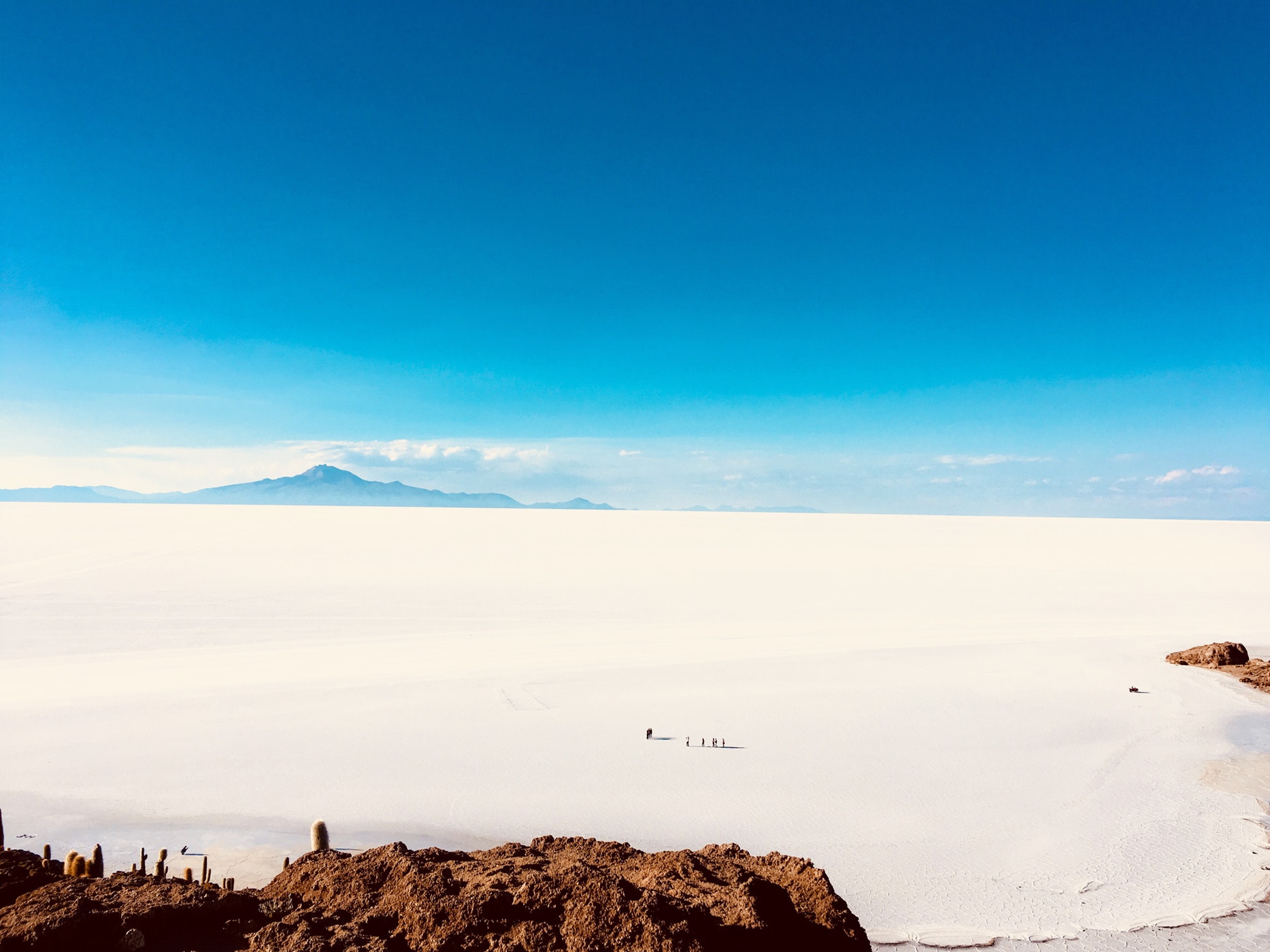
Environmental hazards
Bolivia is inhabited by three large mammals that can be a serious threat to humans. The spectacled bear is the largest mammal inhabiting Bolivia. This carnivore although large, when encountering humans usually reacts in a docile manner. Only one fatal encounter was ever recorded. These animals are only aggressive when feeling their cubs are threatened. Jaguars and cougars are the largest cats of the Americas. These inhabit the areas of Bolivian jungles. Their territory usually overlaps however cougars can be spotted further away from the jungle than the Jaguars. An encounter with either of these may be fatal however these animals are quite rare to find and usually try to stay away from humans. Rabid dogs are also a problem in urban areas of the country. These can create a serious threat, especially in packs. There are several venomous snakes in the country. Bothrops sanctaecrucis is one of the snakes that are endemic to Bolivia, it is also highly venomous. There are several other species, among them pit vipers and rattlesnakes. Antivenom should be available in most clinics and hospitals however distances between facilities may be significant. Bolivia is one of the two landlocked countries however the water bodies of central and northern Bolivia are inhabited by large reptilians. Although certain species are small and rather not dangerous, there is a species of crocodile, the black caiman which can exceed sizes of 4 meters and weights of 400 kg. This creature can pose a serious threat for any human it interacts with.
Bolivia occasionally suffers from earthquakes that sometimes occur outside of its borders, mainly in Chile and Peru. Landslides occur and are very dangerous especially in the mountainous regions.
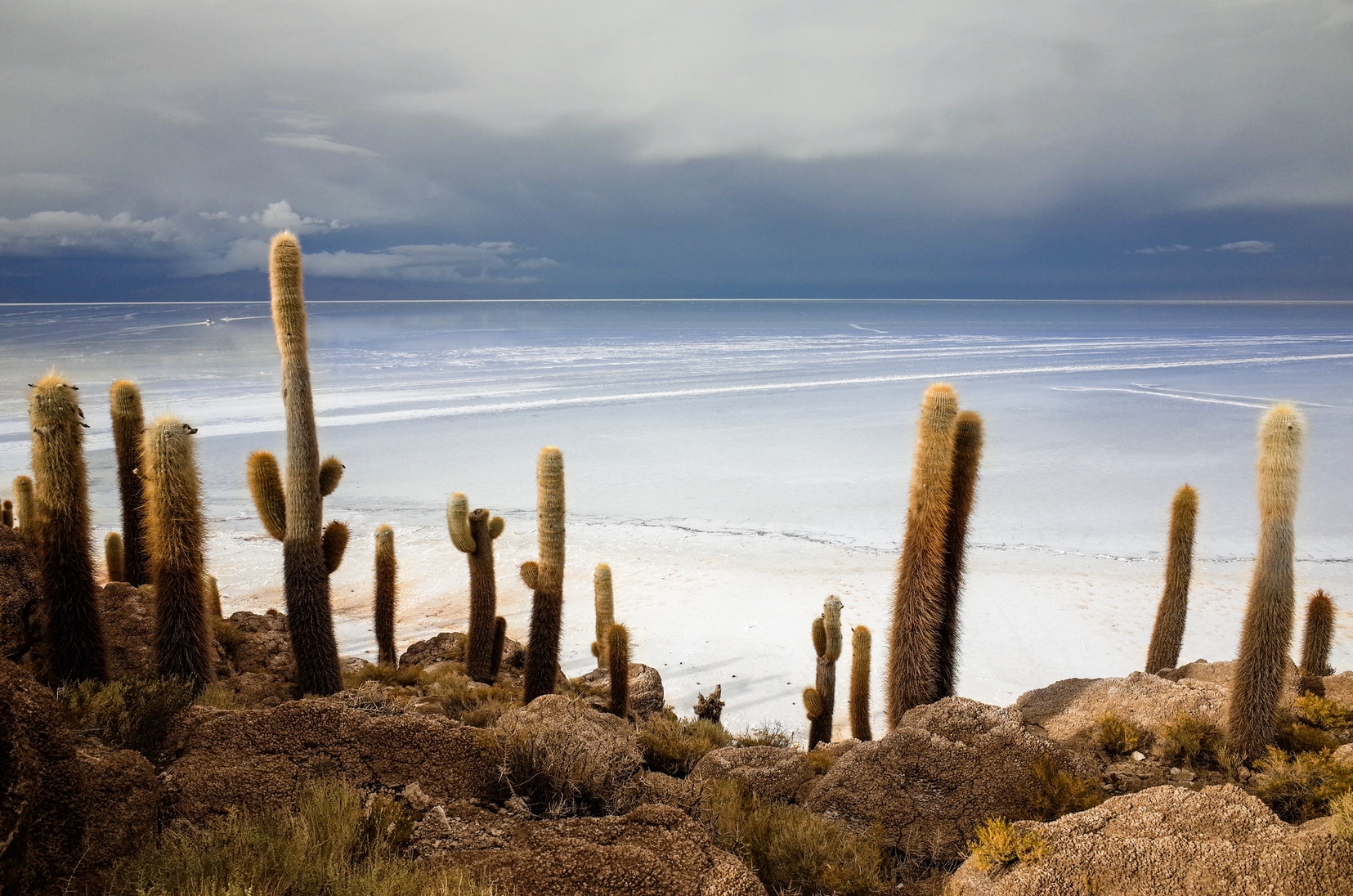
Health hazards
All visitors traveling to Bolivia from countries with a risk of yellow fever must present proof of yellow fever vaccination on entry. Due to outbreaks of the disease in Bolivia yellow fever vaccination is strongly recommended. There are several other vaccines that are recommended but not required. These are the routine vaccines, typhoid, hepatitis A and B and rabies vaccine. There is a risk of contracting malaria and the Zika virus in Bolivia. Both diseases are transmitted through mosquito bites. Visitors are advised to use mosquito repellents and mosquito nets in the windows of their accommodation. There is also medicine on prescription for malaria and it should be available to anyone after consulting their local general practitioner. The Bolivian healthcare system is in moderate condition and is capable of delivering basic and more complex services in major cities however rural areas do not always have access to good medical facilities or any at all. Although healthcare is free for citizens, waiting for even minor treatment may take days. If taking prescribed medication it is best to get a supply before departure as it may not be readily available on the spot.
In case of an emergency dial 997.
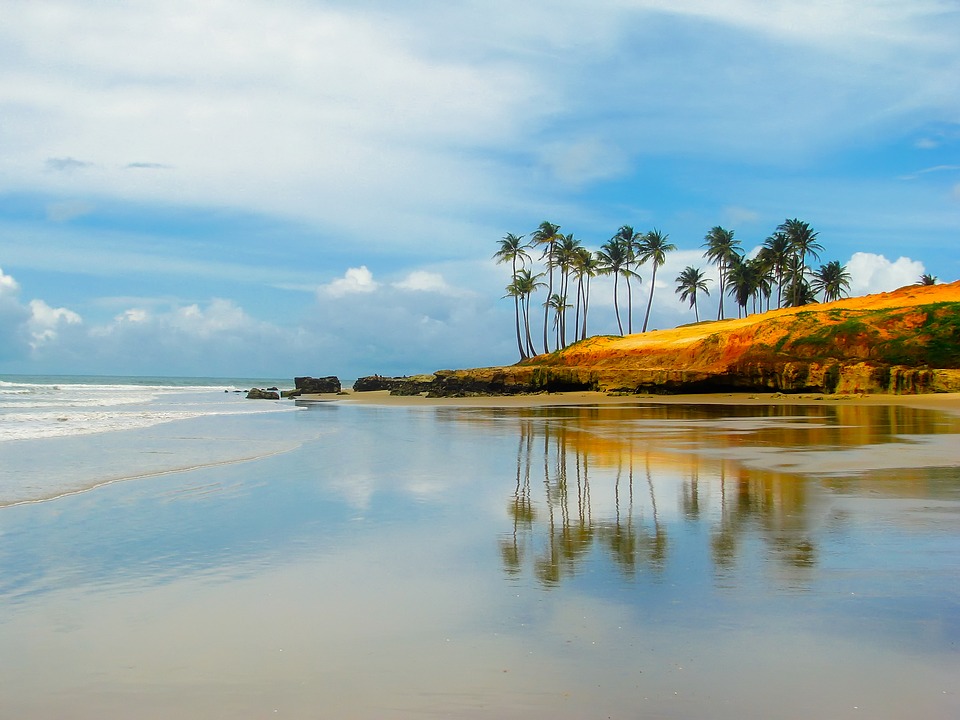
Crime
Crime is a major concern in Bolivia. The most reported crime involves non-confrontational house burglaries. Violent crime does happen however it very rarely affects tourists. Petty crime such as pickpocketing or bag-snatching and theft is prevalent. There are several steps to reduce the risk of becoming a victim of crime. Crime risk significantly increases as it gets darker. If choosing to explore the Bolivian nightlife it is best to stick to popular and not secluded places. Exposing wealth might attract opportunist thieves or robbers. It is best to avoid wearing flashy jewelry and to be discreet with money. Wearing money belts helps to keep money out of sight and prevents being pickpocketed. Bolivian drug laws do not distinguish between personal use or trafficking, therefore, sentences can range from 1 to 25 years in prison.
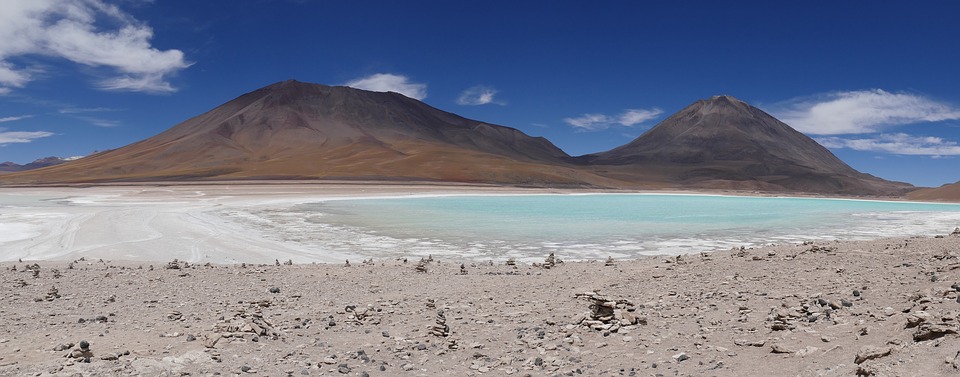
Summary
Due to its mountainous landscape, Bolivia is a popular spot mainly for tourists seeking cycling or hiking experiences. Remember that planning your trip with Travset.com will give you the quickest information about nearest emergency services and will also help you purchase indispensable travel insurance for the trip of your lifetime. Please feel free to comment and share the experiences of your travels with Travset.com.
Sources
(Visa)
http://www.boliviawdc.org/consulate/visas
(Vaccinations)
https://wwwnc.cdc.gov/travel/destinations/traveler/none/bolivia
https://wwwnc.cdc.gov/travel/yellowbook/2018/infectious-diseases-related-to-travel/yellow-fever-malaria-information-by-country/bolivia#seldyfm879
https://wwwnc.cdc.gov/travel/yellowbook/2018/infectious-diseases-related-to-travel/yellow-fever#5291



